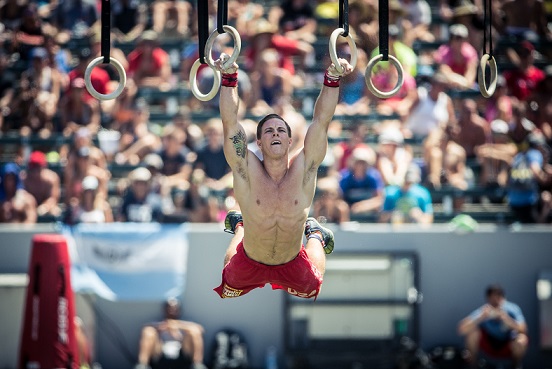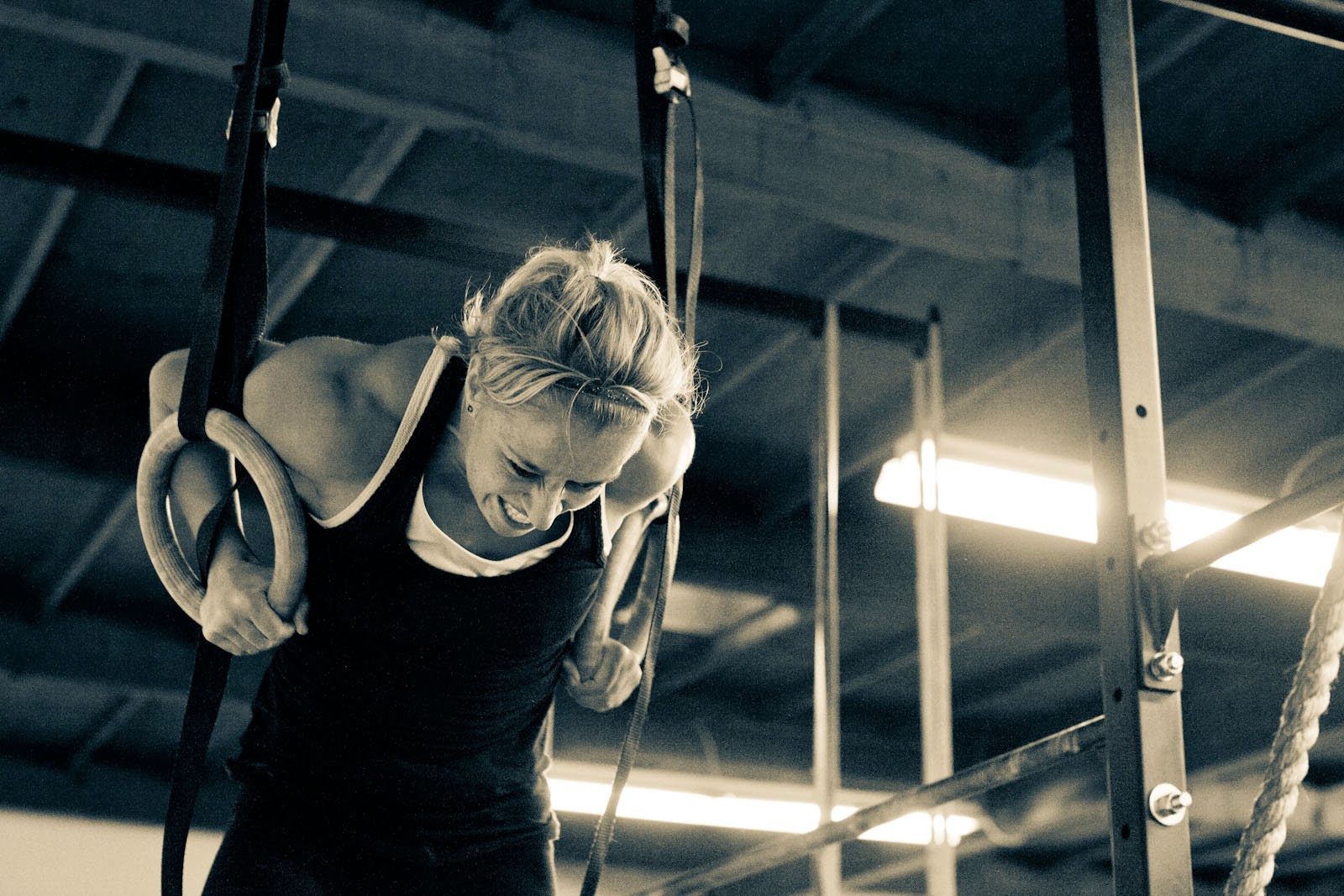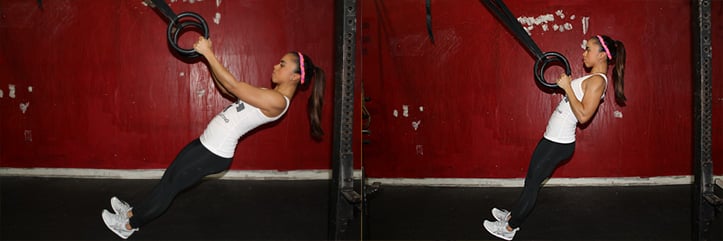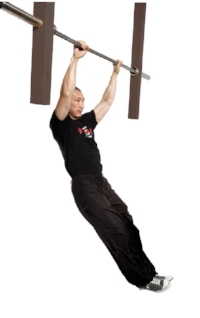Dedication
In a time where the world seems to have one giant attention deficit issue, loyalty is hard to come by.
After any setbacks, any wane in motivation, any results not experienced quickly enough, we see people jump ship. Abandon their fitness routine, sometimes after just a few short months, and try the next big thing. A perennial search for the new what-next in exercise and nutrition, looking for that quick fix like the cheap thrill of an action movie. Lots of excitement, absolutely no substance.
Spoiler alert: hard work is never easy. The path of least resistance, on the other hand, is.
Not just that, it's also the bounce around that can affect progress with personal fitness. Switching from one style of programming to another, then back again, never settling in to give the body a chance to adapt and benefit.
Even within CrossFit, consistency is key. Variance will get results, but consistency is the glue that can make those results optimal.
Work, benefit, build gains, and work again. Slow and steady, bit by bit. Like a good movie unveiling its plotline, the molding of you takes time.
What's the difference between dedication and stupidity?
It's been another summer of hard work. Another summer of blood, toil, tears, and sweat. We put in some dedicated time at the gym, seeing major fitness benefits through the hot summer days. Being persistent isn't stupid, as long as a negative impact doesn't arise. It's definitely a fine line, however, between being determined and being stubborn.
Let's clarify, then. Determination is not just a degree of stubbornness, it showcases tenacity, purposeful fixation, and the will to fight adversity.
Devotion to a program is often the best effort you can give to fitness. One day does not make or break the man. One day does not make or break the woman. It's a series of great things in life that leave the lasting effect. A lifetime of devoted physical movement and nutrition outside the gym matter as well, even with lazy days and cheat meals, or sneaking treats and dietary lapses... you know, the stuff that keeps us human.
Where does dedication fit into the process of progress?
Many of us are in a constant fight with ourselves, yet it could be we're in search of something we may not realize we've already obtained. Maybe we have our sights set on a great body. Maybe instead of aesthetics it's a PR on a barbell lift or an addition of a certain gymnastics skill. But remember to take compliments and realize if people notice your progress enough to make a comment then that's direct feedback you're on the right track.
Stay dedicated. Celebrate the little victories and inspire the future you.
With all the push forward, with all the drive to become better than yesterday, we sometimes forget to look in the mirror to realize how awesome we already are.
Yes, our fitness journey is ever-present, and as a writer I constantly push readers towards the next piece of life... what will you do this year? Where are you going? What will you be? But it's also huge for our self-esteem and our overall wellness if we realize that once dedicated, we've actually started to do exactly what we set out to do. This doesn't mean we should become complacent. It just means the process is well underway.
And if it isn't? Okay, well, start today. Set a goal, dedicate yourself to a program, and move ahead with a plan of action.
Is there a sure-fire way to remain dedicated to physical fitness?
The short answer? No.
Through the ups and downs of motivation, determination, and commitment, anyone's dedication can falter. In particular times of stress or busy personal schedules, our workout routines are affected; we can lose focus or time or energy. It is often easier to go into binge fits with comfort food or beverage indulgences or veg outs on the couch instead of creating time for exercise and healthful meals.
There are some tips, however, to both staying committed and knowing when to change loyalty, if needed. Here are the takeaways I leave to you at the end of each summer.
Recommendations:
- Be patient.
Progress can come in waves, like a fury of new turns in the storyline of life. Delays in start times; skips in the film. Use these as reminders that nothing comes without hard work. Stick with it.
- Be persistent.
Consistency pays off in the long run. Quality time spent pursuing your fitness goals will allow your body a chance to see results and your mind to benefit from the experience. This is a potent combination, and strikes a confidence in oneself that only fuels more progress. Feed the fire.
- Know when to quit.
Here's the plot twist. If a lifting session or some post-workout skill work aren't going well, then a new PR or your first muscle-up probably won't happen on your 50th attempt. Remember, being persistent is one thing, being stupid is another. Too many issues with the program? Dedicated time spent still didn't produce rewards? It is indeed time to cut your losses and find a new focus. Live to work another day.
So, that brings the Words of the Week articles to a close for another summer. As always, I wish everyone the best in becoming better than yesterday in all that you do. Stay at it, remain dedicated, and good things will come... even if it's little by little.
If life is a movie, I can't wait to see what happens next.
Thanks for taking the time to read, this summer and always.
- Scott, 8.18.2015






























